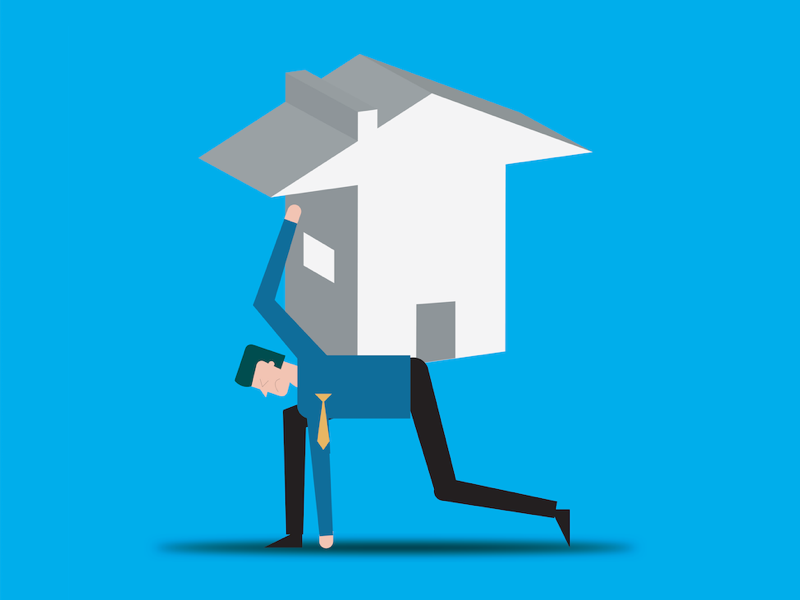
Many households are facing a large increase in mortgage payments as their loans reset amid higher interest rates. But as long as income continues to grow, these higher payments aren’t expected to generate financial stress for most borrowers, according to the Bank of Canada.
In a staff research note, an economist and an analyst with the central bank used anonymous loan-level data from the Office of the Superintendent of Financial Institutions to examine the expected impact of higher rates on households’ mortgage payments.
According to the report, as of the end of November, 45% of the mortgages taken out before the Bank of Canada began raising rates in March 2022 have already seen payments rise, and by the end of 2026, almost all mortgages should have renewed.
For borrowers who took out a mortgage when rates were at historic lows in 2021, the increase in payments could be large.
For example, in a scenario where interest rates evolve according to current market expectations, “the median monthly mortgage payment for all outstanding mortgages will increase from $1,200 in February 2022 to $1,600 by the end of 2027 — an increase of 34%,” the paper found.
If rates stay at their current levels rather than starting to decline in 2024, as markets currently expect, the median mortgage payment for all outstanding mortgages would increase by 44% over the same period.
The researchers also found borrowers with variable-rate mortgages that have fixed payments are likely to face even greater pain. Under current market expectations, median payments for these borrowers are expected to increase by 54% between the lows of early 2022 and the end of 2027, they found.
However, “to provide a more complete picture of the impact of the rising interest rates on mortgage holders, we also need to consider what happens to income,” the paper said. “Because household income tends to rise over time, some borrowers may see only a modest increase in their mortgage payments relative to income. Others may experience smaller income gains or a reduction in their income that could challenge their ability to meet their mortgage payments.”
Assuming incomes remain unchanged, “the median borrower may need to dedicate up to 4% more of their pre-tax income to mortgage payments by the end of 2027,” the researchers found.
However, the rise in mortgage costs relative to income would be much lower — just 1.5% — assuming that income grows by 2.4% per year, as it has over the past 10 years.
“One key implication of this work is that as long as they continue to experience income growth, most mortgage borrowers will not face severe financial stress from the increase in mortgage payments over the coming years,” the paper concluded. “However, borrowers who stretched to enter the market or who were anticipating rate decreases by the time of renewal may find the adjustment more difficult.”
Borrowers with variable-rate, fixed-payment mortgages could see mortgage costs relative to income rise by 8% in a zero-income growth scenario, and by 5% if income grows in line with historical rates.
The paper also noted that “a severe recession causing higher unemployment could challenge the ability of many to continue making their mortgage payments.”
Caveats to the research include that the researchers assume that borrowers don’t take any action that could mitigate their payment increases, such as switching products or making pre-payments on their loans.
“Overall, these assumptions likely lead us to overestimate the size of payments at renewal because some borrowers will take action to avoid a future large increase in payments,” the paper said.
Additionally, the data only covers federally-regulated lenders, such as the banks, which represent about 80% of the mortgage market, but doesn’t capture activity at credit unions and other lenders.